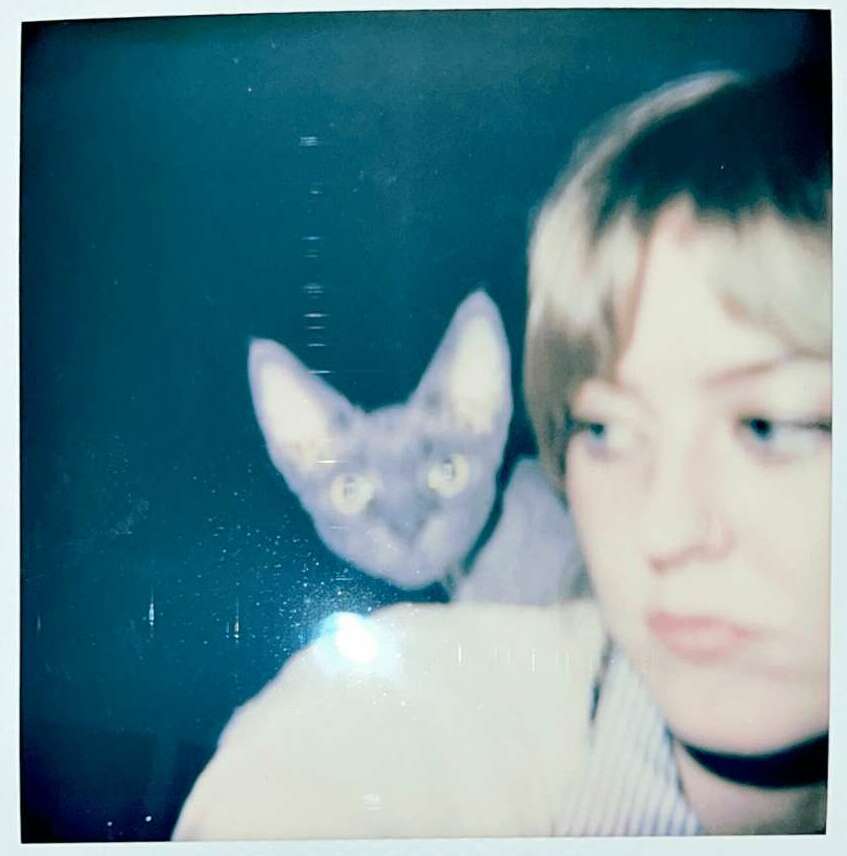We caught up with the brilliant and insightful Elle Gillette a few weeks ago and have shared our conversation below.
Elle , looking forward to hearing all of your stories today. Can you talk to us about a project that’s meant a lot to you?
I began Flush Gallery as a concept after graduating from Pratt Institute in 2022 after going through my MFA during the COVID-19 pandemic. I believed that during the years during the pandemic and after, people were scared of being near one another. Not only were we scared to be next to other humans, but we were unable to be together in groups, view art, and show half our faces. When I graduated from Pratt, I felt that the community that you usually build during a graduate school program was not really fostered. I wanted to bring community back into art, and trust back into being around people. For me, the COVID pandemic was especially scary. I have an autoimmune disease called Lupus, which means that my immune system cannot differentiate between healthy cells and foreign invaders. I was immunocompromised during lockdown and the subsequent years which made me really afraid of being close to bodies. The first show I curated with my friend Xiangni Song was a show called ‘Intimacy’. The show was special because I invited artists to submit their works to show in my personal bathroom of my apartment in the East Village. The whole apartment is around 500 square feet, and it allowed me to let my guard down and trust that my community was going to keep me healthy. We were able to get really up close and intimate in the space. There were about 20 people in my tiny apartment taking turns going into the bathroom. There were 13 artists from all over the world showcasing their projects in my bathroom! It was the catalyst for what Flush is today.
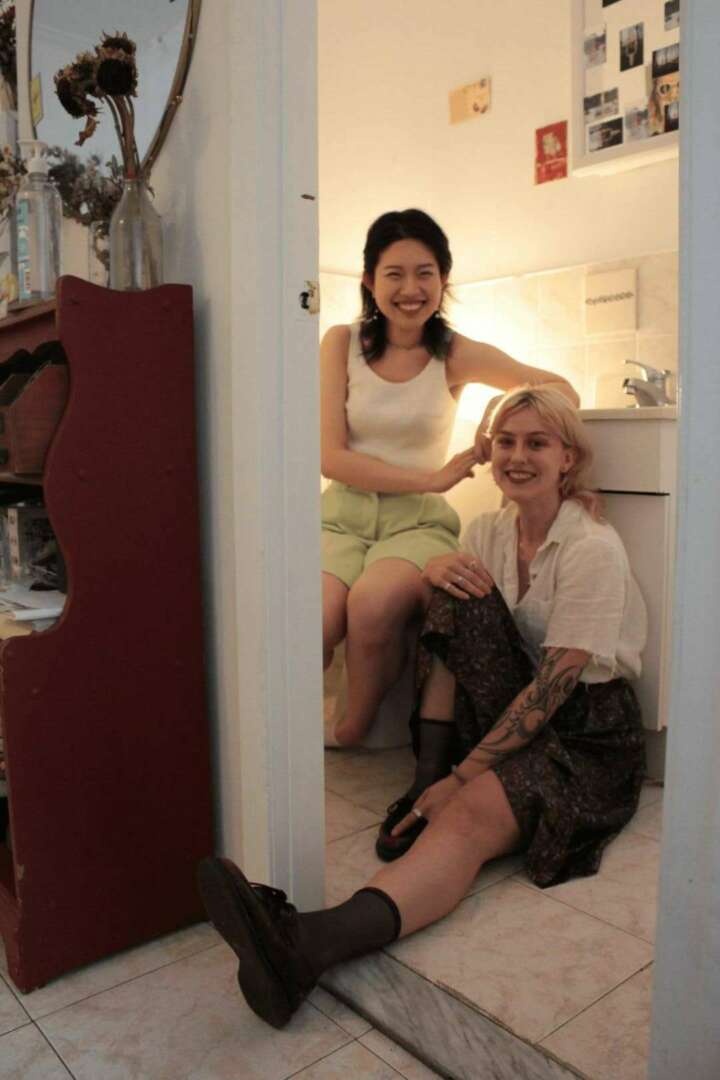
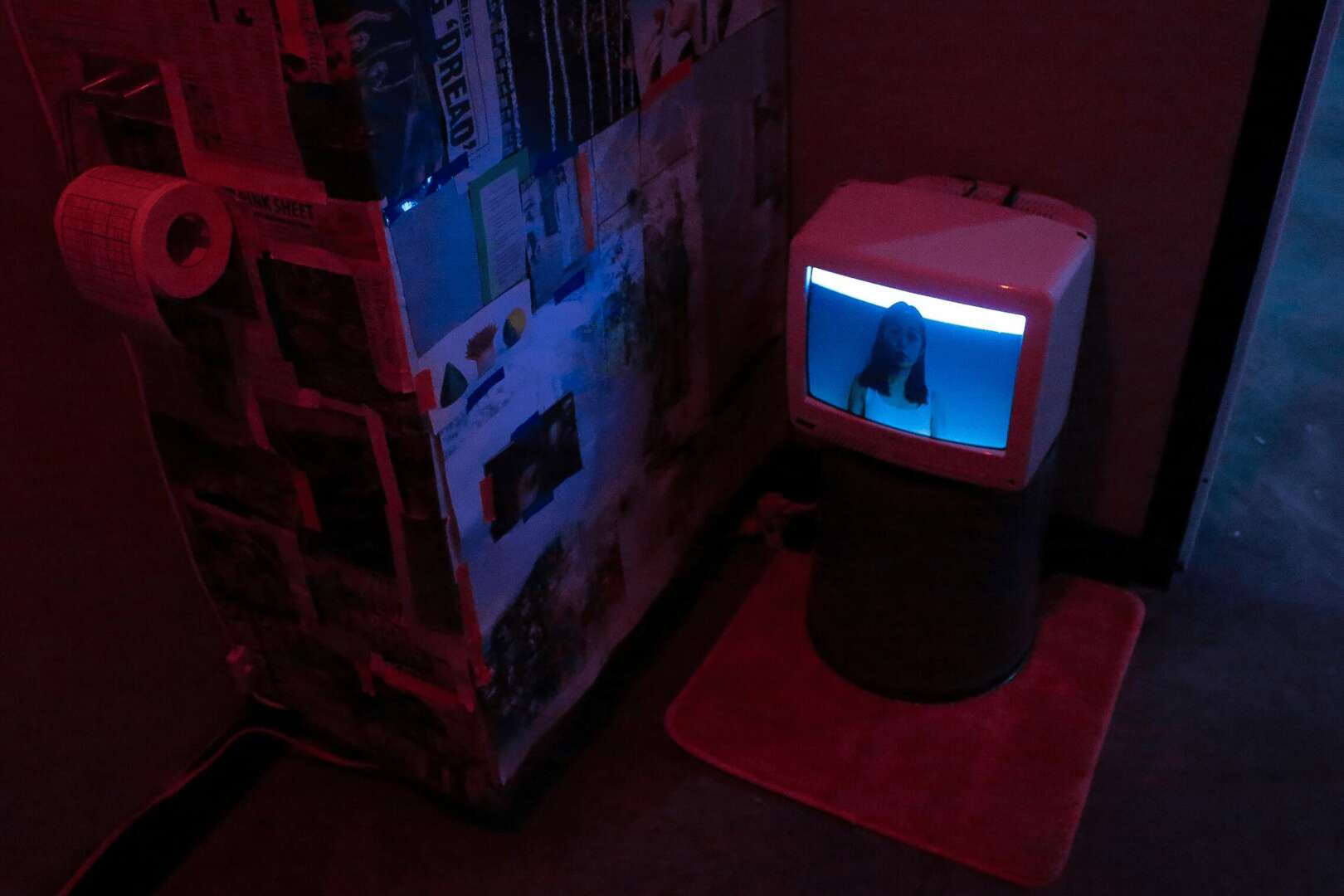
Awesome – so before we get into the rest of our questions, can you briefly introduce yourself to our readers.
My name is Elle Gillette, my lineage is Chilean and German and I am originally from Miami, Florida. I have wanted to be an artist since I was a little kid. I was constantly drawing characters, and my parents encouraged this. I originally was a stop-motion animator, studying in Bristol, UK, but I decided that I wanted to explore my practice and went to get a master’s degree at Pratt Institute during 2020. I studied integrated practices, and I would say that I’m an installation artist. I started Flush as a floating gallery space in order to take up space that is not usually utilized by commercial galleries, I am big on accessibility. Art should be accessible, and showing art should be accessible. As an artist myself I know how competitive and dismissing the art world can be, so I created Flush as a floating gallery as a way to not only curate as a part of my practice but also to make friends in the sometimes toxic industry that we reside in. The main ethos of Flush is collaboration and community – it is not a gallery that aims to sell art at high prices. We care more about the story behind the artists, the story behind the space we show in, or the way that the show came to be. We make pricing into shows accessible, so that artists at every career level can showcase something they are proud of. Originally, Flush was the idea that the gallery shows take place in the bathroom. The first show was in my East Village apartment’s tiny bathroom. Flush means so many things to me now, a quick show, a flush of emotions, a full hand of important cards, embarrassment, vulnerability, and of course the toilet flushing.
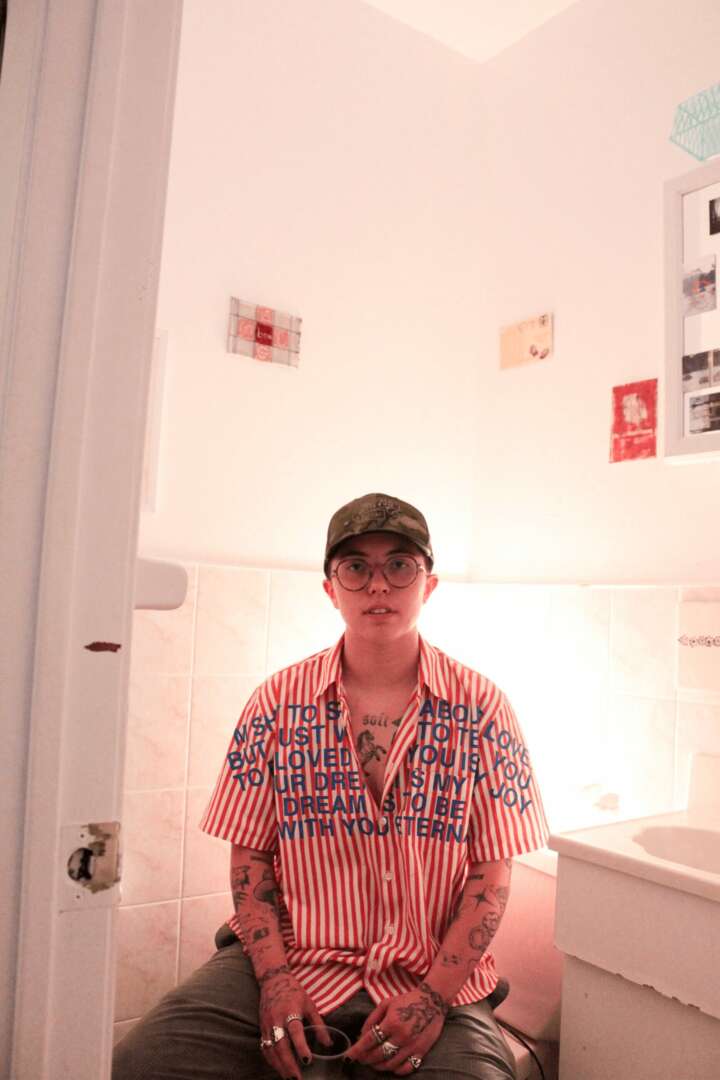

We often hear about learning lessons – but just as important is unlearning lessons. Have you ever had to unlearn a lesson?
I had to unlearn that money = success in business. Unfortunately, we live in a capitalistic society that deems success to come with money. But I have made no money off of Flush currently and I would say that my business is successful. We went from my bathroom in my apartment, to a gallery in East Village, to an arts space in Tribecca… slowly but surely increasing our square footage and gaining more artist traction as we go. I am not a person with a lot of money in the bank, I work in higher education at Columbia University making an average income while living in a very expensive city with a chronic illness. Flush has made the community happy, it has allowed artists from all different backgrounds to discuss their practice as well as talk about the weird circumstances that brought them together. I think the community that we have begun to build reflects the success, and the excitement that collaborators have with the idea of Flush also shows its success.
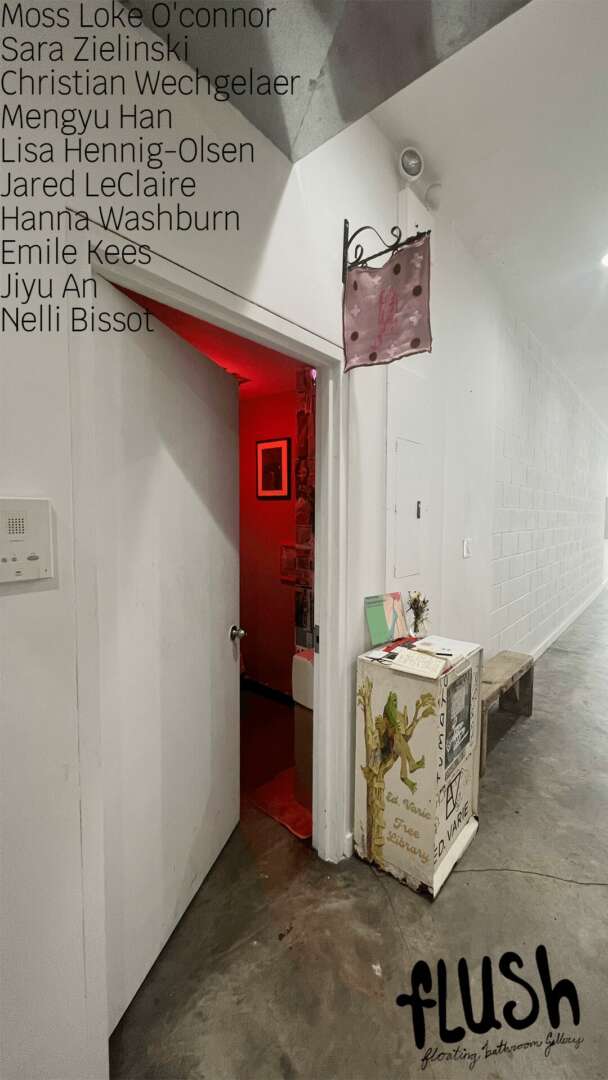

We’d love to hear your thoughts on NFTs. (Note: this is for education/entertainment purposes only, readers should not construe this as advice)
NFTS, in my opinion, limit the in-person experience of art. Physical art is crucial. Viewing anything through a screen is a mimesis (imitation) or a mechanism to view reality through. There is a way to utilize technology to make more art accessible through the viewing of virtual galleries, photogrammetry, gaussian splitting, etc and I find these technologies interesting as an art practice itself. We need to experience more tangible physical media as we are a more and more technology-reliant species, which I think contributes to dissociation and many other psychological problems. I would like to push Flush into a direction that allows for more accessibility which may use some of the technologies used to create NFTS, but I believe art should be collected in a different matter. Technology is not a means to an end, or even a human activity. Art is. Technology can be used in anthropological usages in order to document or save art or to unconceal art, as Heidegger might say.
Contact Info:
- Website: https://flushgallery.cargo.site/
- Instagram: @flush_gallery or @elle_gillette
- Linkedin: https://www.linkedin.com/in/gabriellegillette/
- Soundcloud: https://soundcloud.com/gabrielle-gillette
- Other: https://ellegillette.neocities.org/ ( new website in progress)
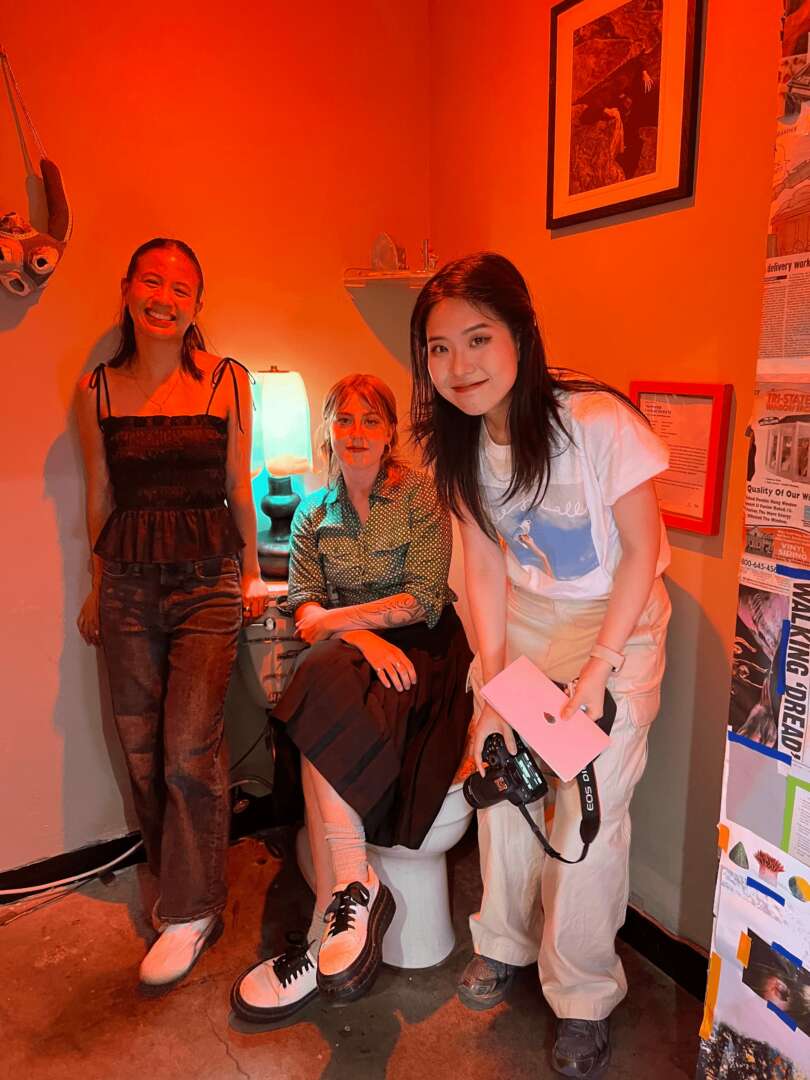
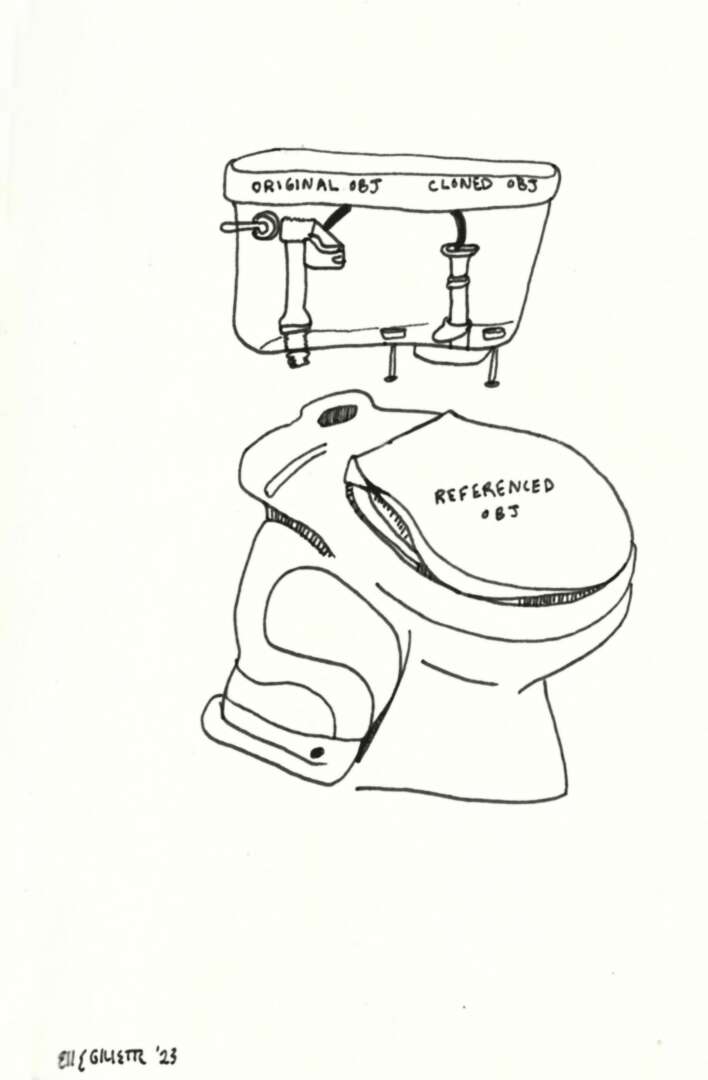
Image Credits
All photos belong to Flush Gallery LLC.


